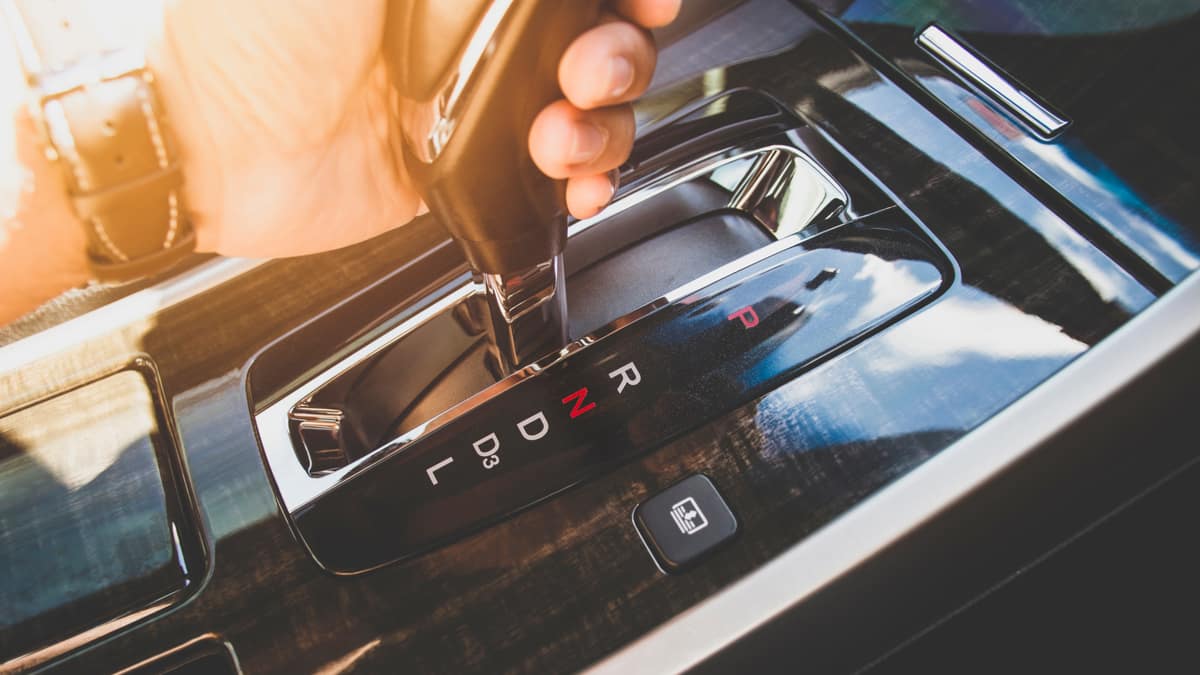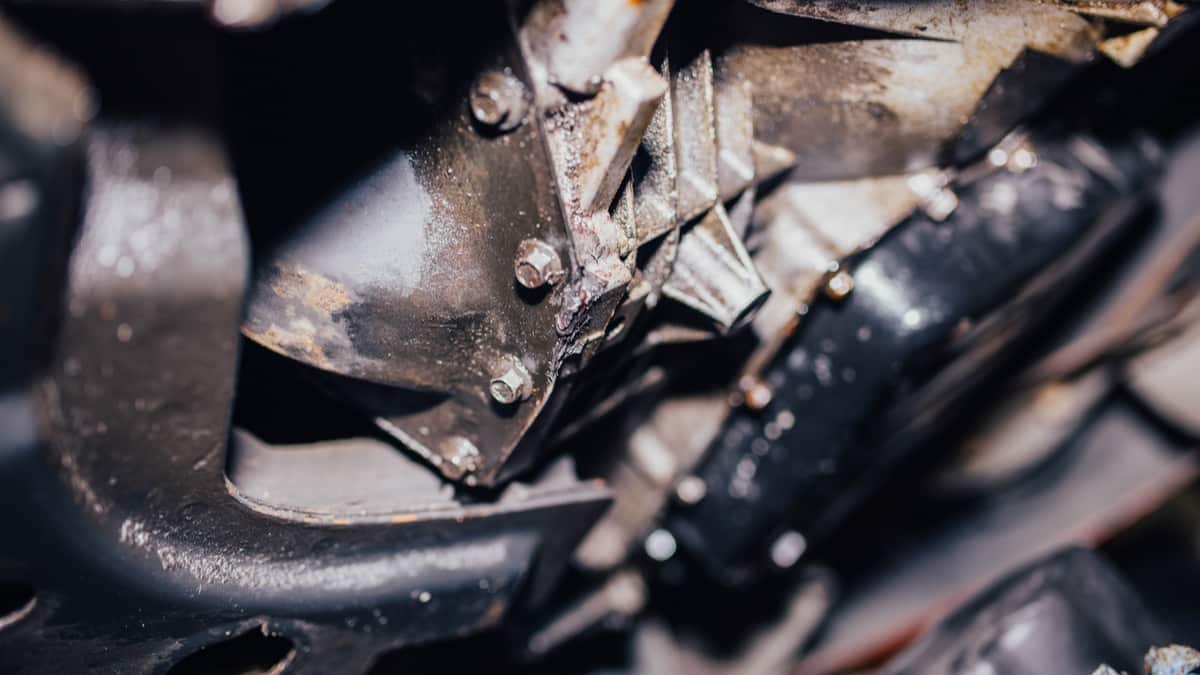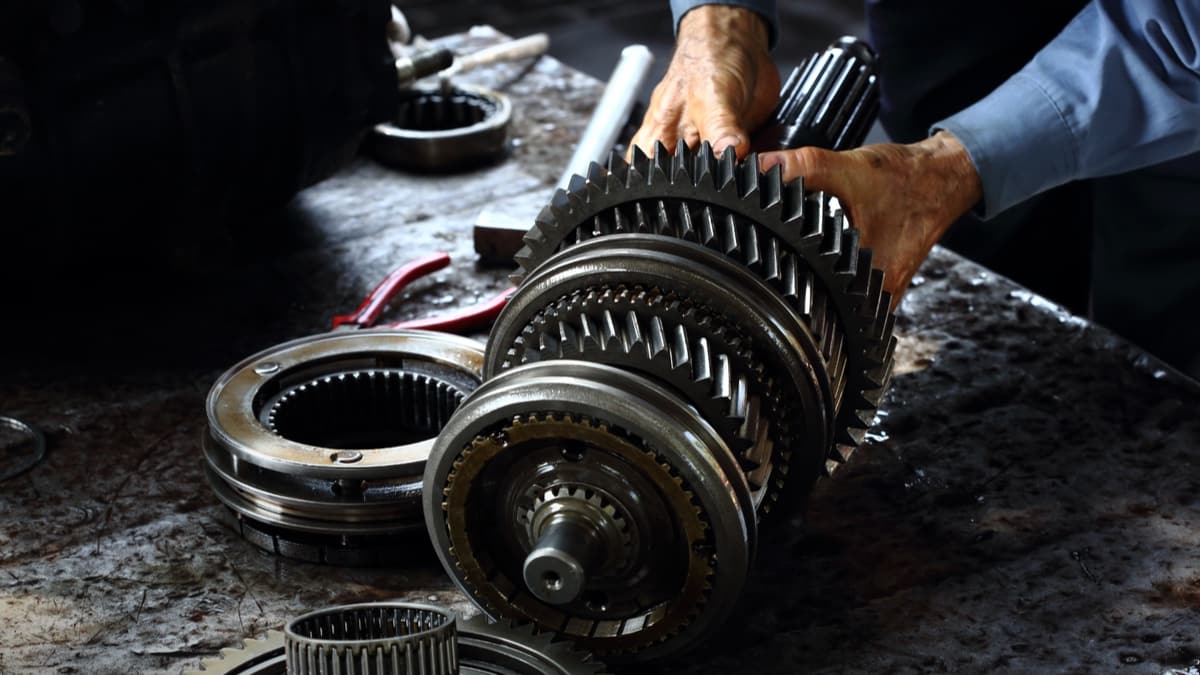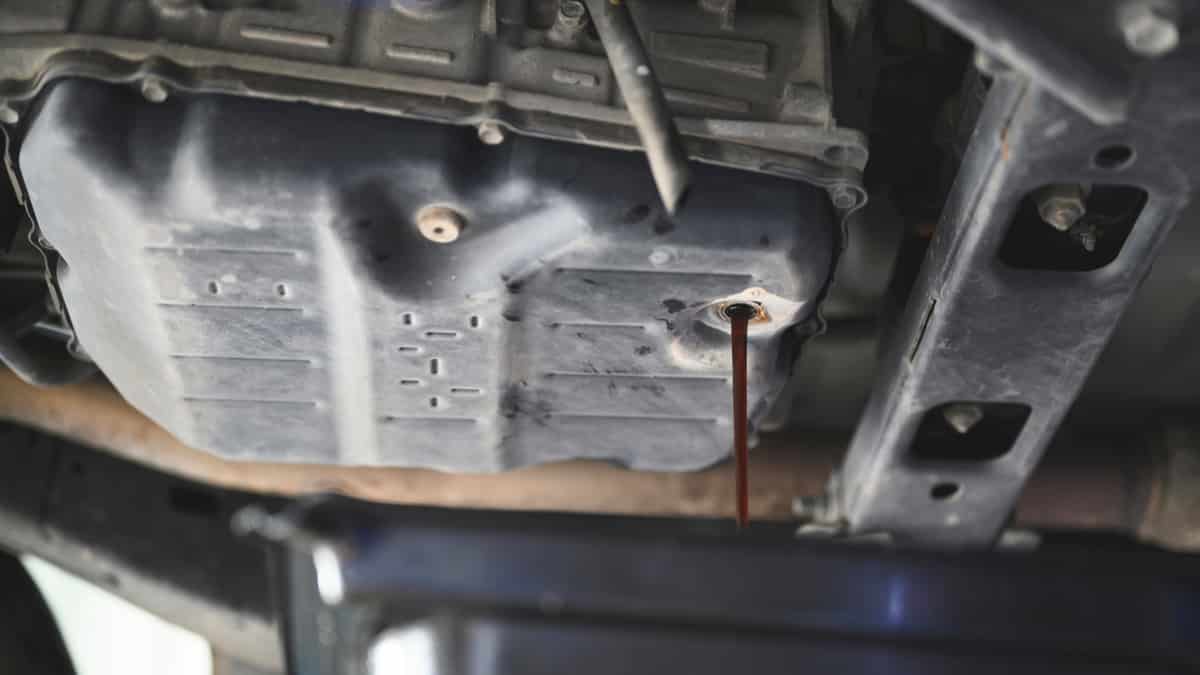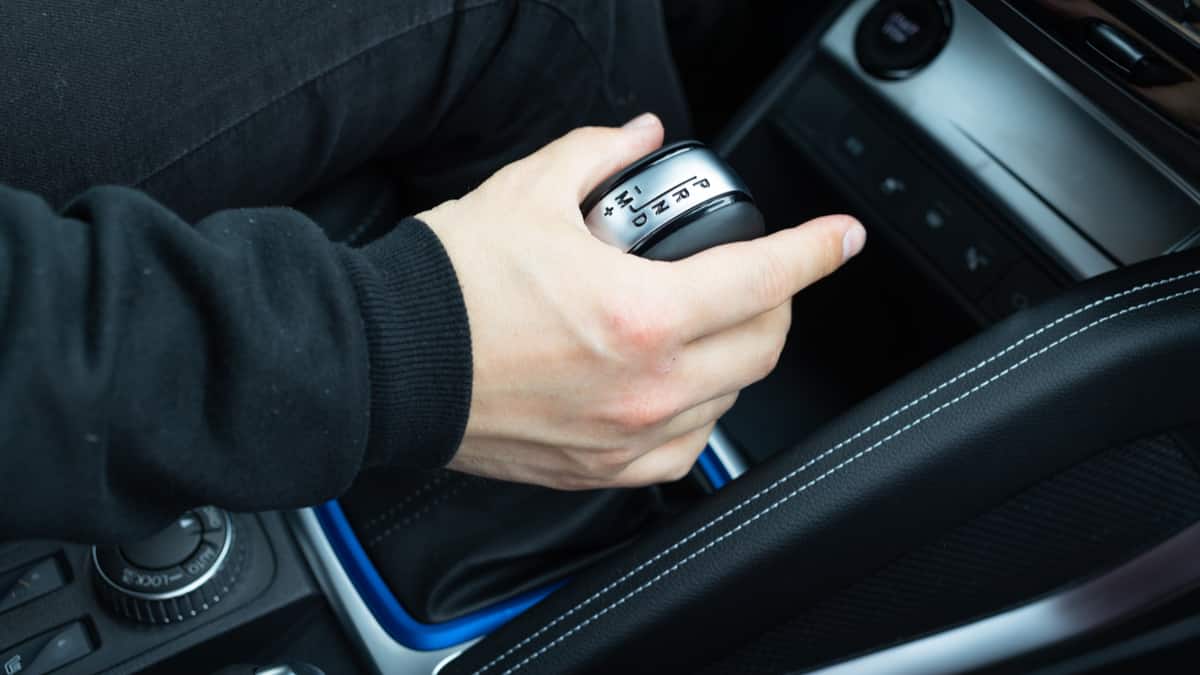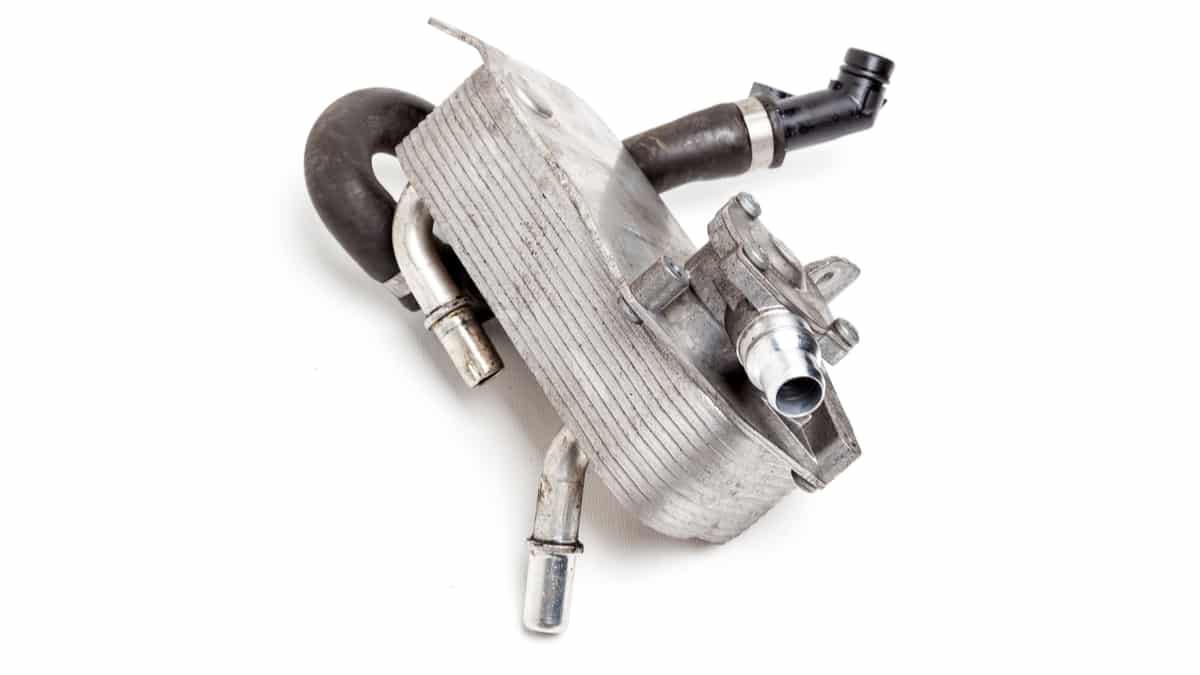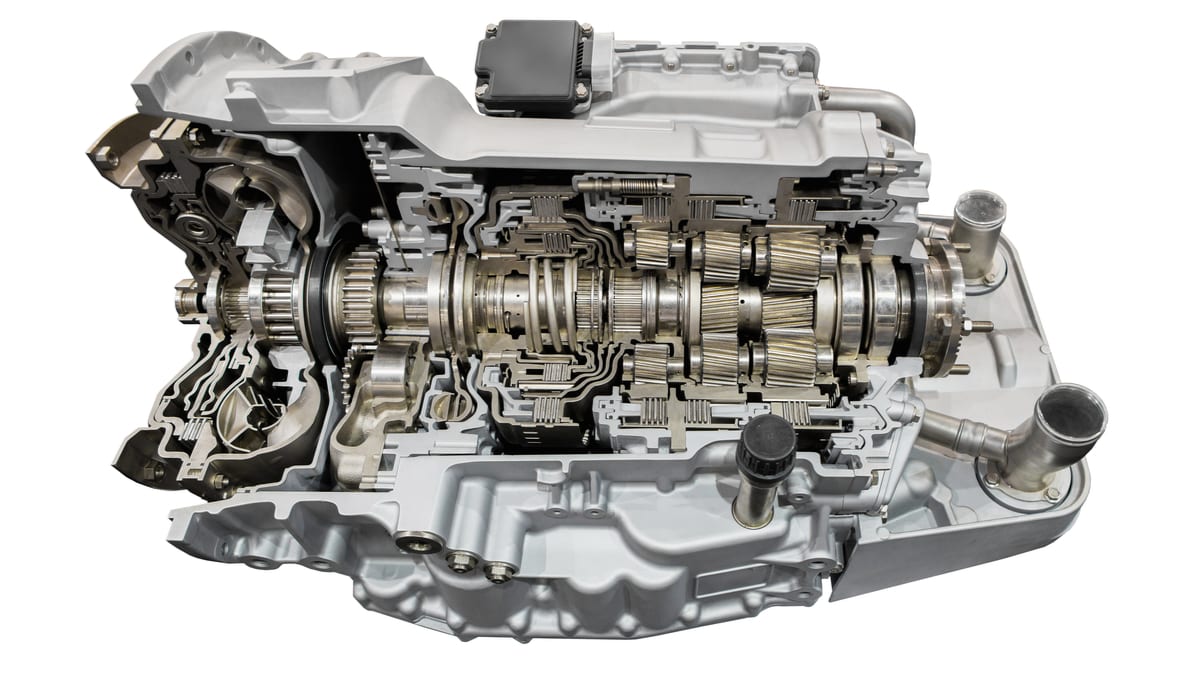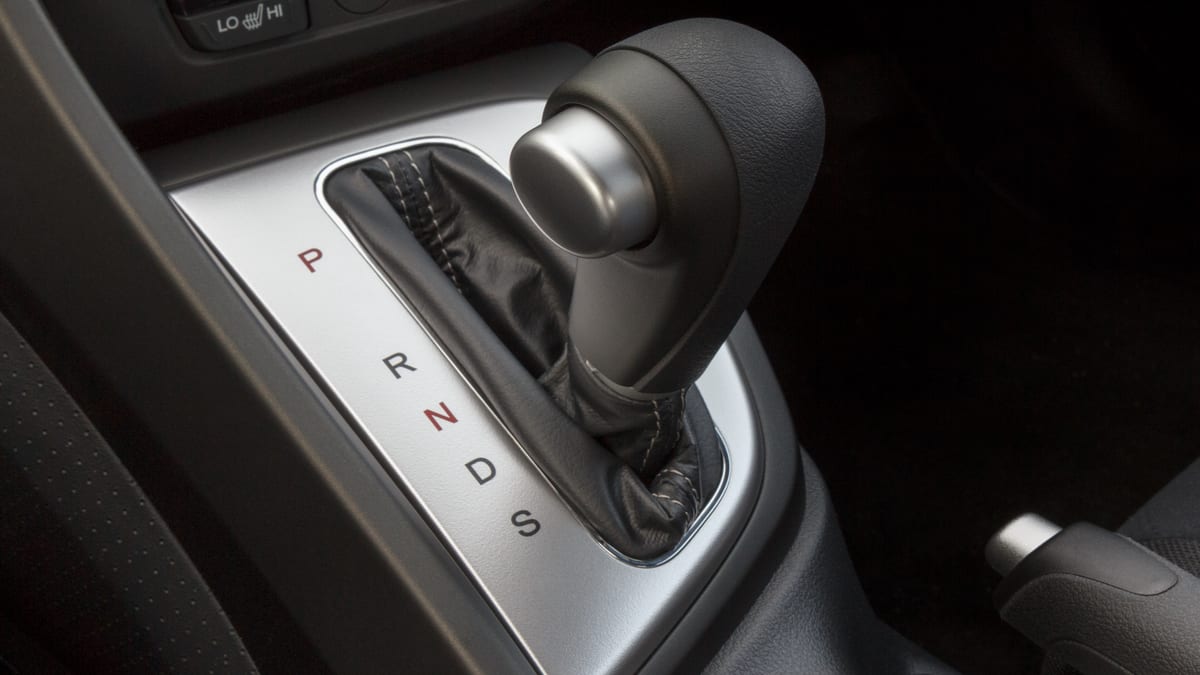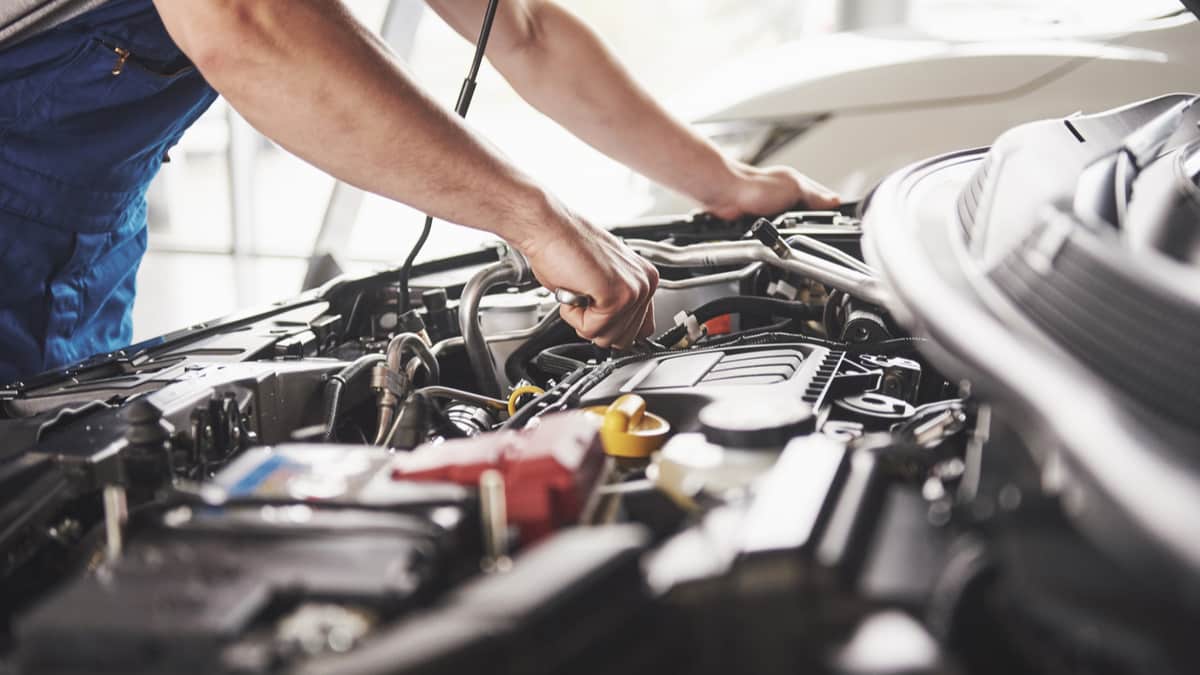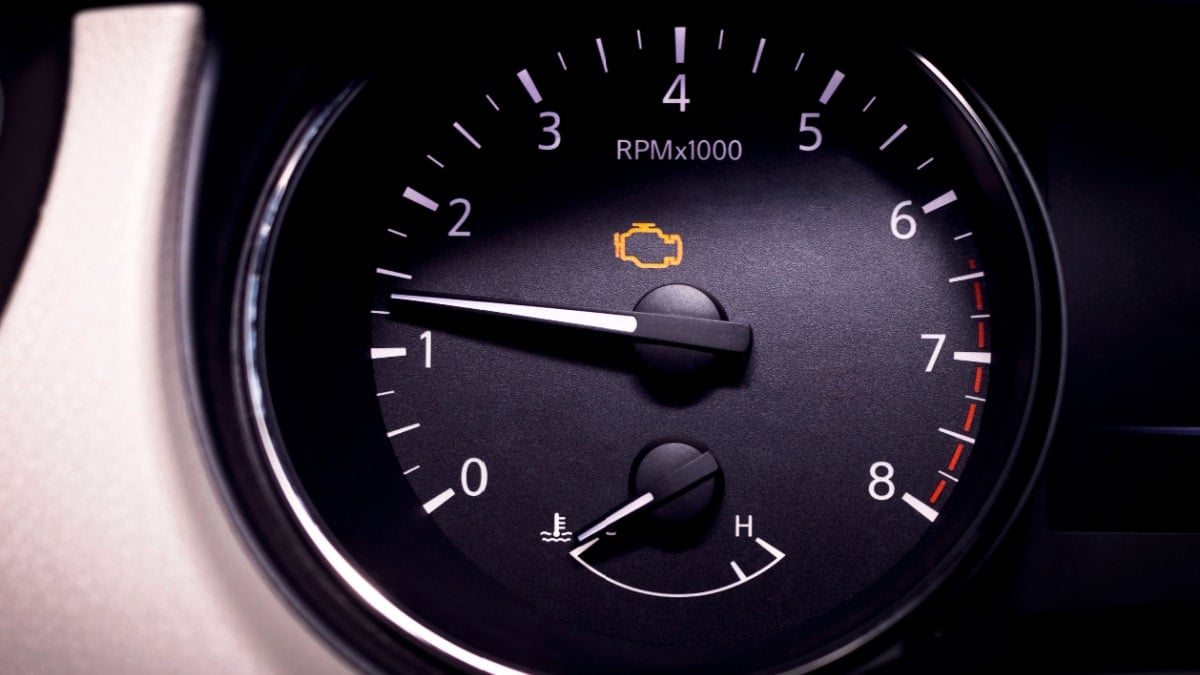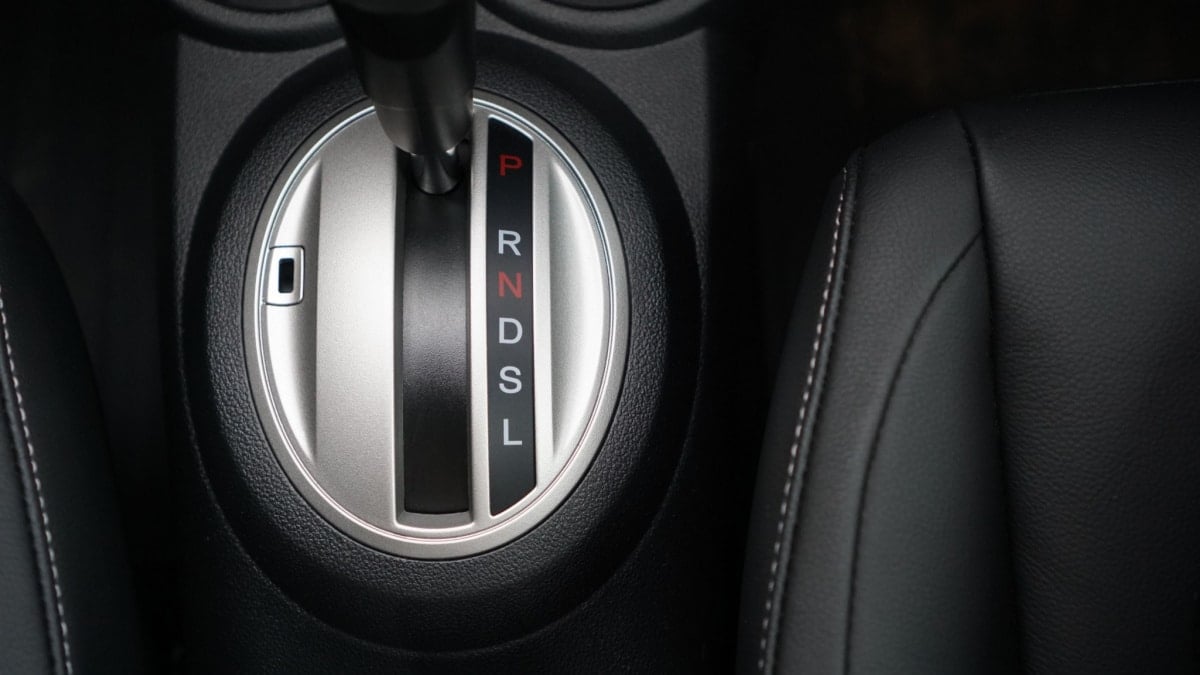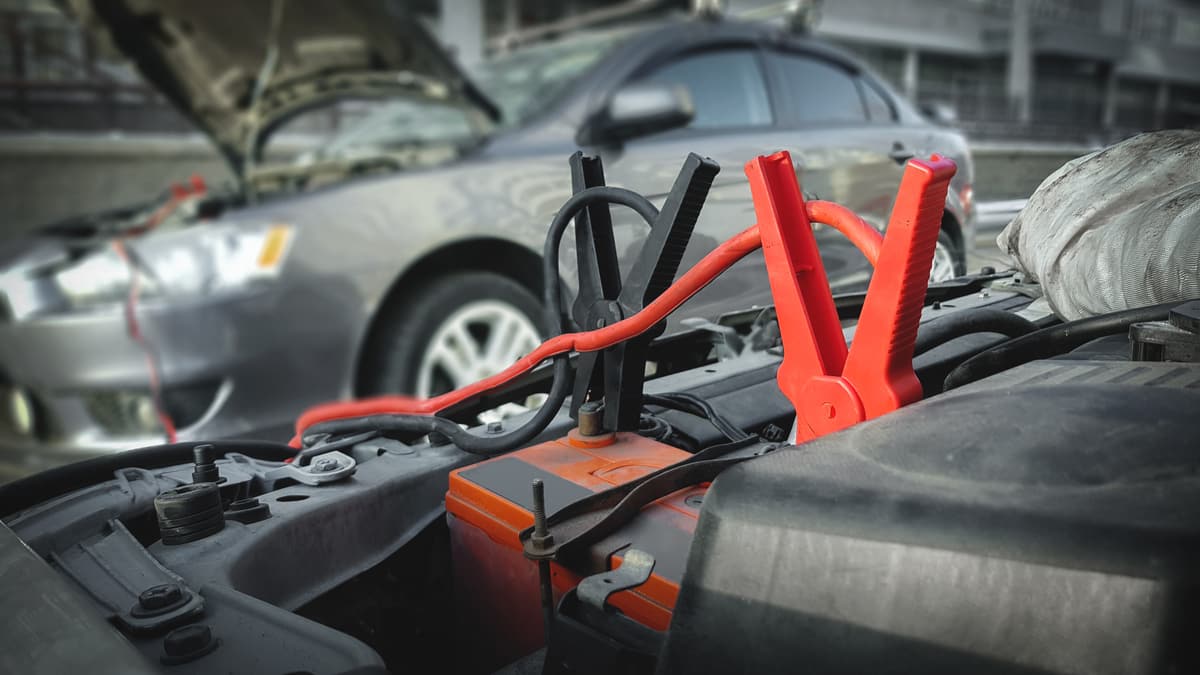There’s nothing quite as fun as driving a vehicle with a stick shift. While the manual transmission vehicle brings a lot of enjoyment, there are fewer options on the road today.
Plus, there are fewer mechanics working on these transmissions, leaving you with questions when problems arise. For example, what causes the manual transmission to jump out of gear?
In this guide, I examine the top causes. I also review the steps to adjust your manual transmission and help you estimate the cost for repair.
Manual Transmission Jumps Out of Gear Causes
The manual transmission can jump out of gear because of worn mounts or loose linkage. It’s also caused by bad shifter bearings or a weak spring in the shift rail. The worst-case scenario is that something is internally wrong with the transmission, requiring a rebuild or replacement.
Here is a more detailed list of the reasons why a manual transmission pops out of gear:
1. Worn Mounts
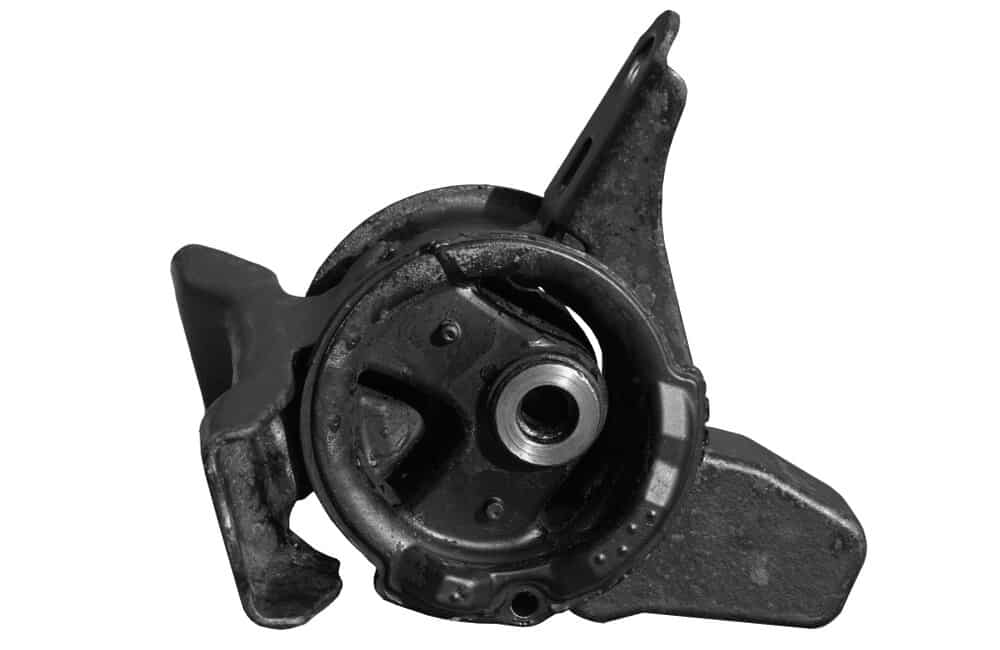
The transmission mounts will wear over time. When this happens, the transmission can move every time the car accelerates.
If the transmission moves too much, it can move the shifter linkage so much that it will stretch the cable. This situation would leave it out of gear.
2. Loose Linkage
As the car ages, the linkage rods can also become loose. The rods are needed to connect the transmission and the gear shifter. When the rods are loose, it becomes more difficult to keep the transmission locked in gear.
Stretched-out linkage can also be caused when the transmission mount is worn. In some cases, you can readjust the linkage, but most times, it needs to be replaced.
3. Bad Shifter Bearing
If the bearings around the gear shifter itself become worn, there will be too much play in the gear lever to engage the gear completely. If your shifter feels very loose, it may indicate worn bearings.
When the gears aren’t pressed together securely, they can slip. Because of this, the car will drop into neutral while you are driving.
RELATED: 6 Causes of Manual Transmission Hard to Shift (Especially 1st to 2nd)
4. Weak Spring in Shift Rail
Inside the shift rail of internal linkage, there’s a spring that locks the transmission into gear. If this spring becomes weak or it breaks, you might notice trouble.
When the spring fails, the shifter ball can slip out of its spot. When the shifter moves unexpectedly, the transmission can also slip out of gear.
5. Internal Failure
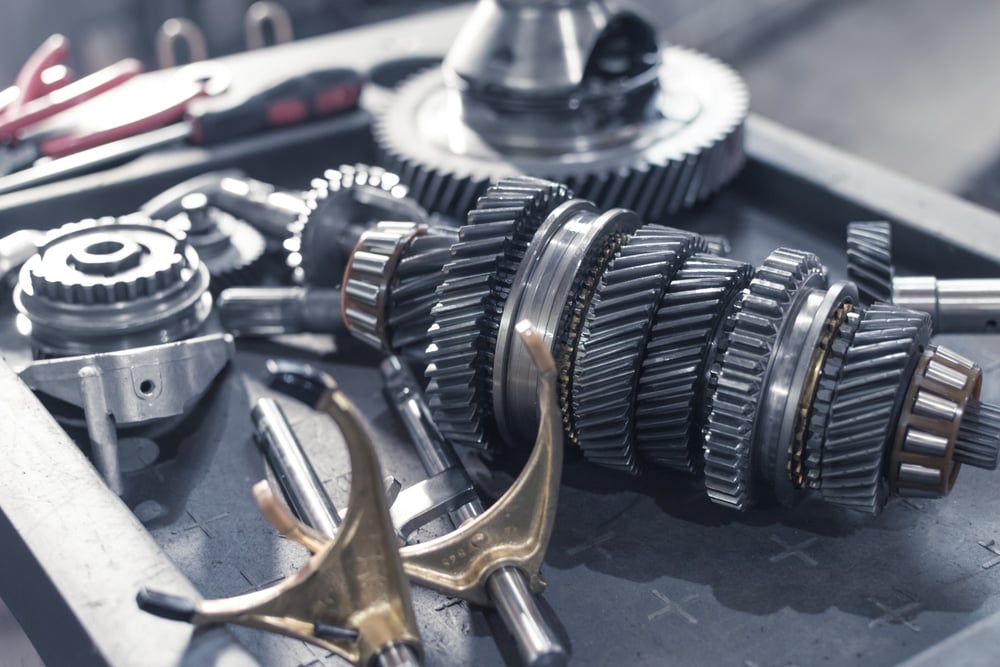
The manual transmission contains numerous internal components that can fail as a result of abuse or age. If the transmission keeps popping out of gear, the problem could be something larger, such as the shift fork assembly or the synchronizer.
With a bad synchronizer, the transmission typically only pops out of certain gears. It might also cause trouble downshifting into those gears. However, the gears can also be to blame. If the gears are worn out, you will need to have them replaced.
Adjusting a Manual Transmission
In some cases, it’s possible to adjust the manual transmission for better performance. However, the directions for this can vary by model, so you always want to reference the service manual for your transmission.
In general, you can start with the length of the shift linkage. While the transmission is in Neutral, you can adjust the length of the tube with the adjustment nuts that are found in the middle of the tube. You can also adjust the clocking of the shift tube. You will want to have a helper and some patience. While you have the shifter firmly in first gear, you will use wrenches to tighten the nuts securely.
After you have continued through the gears, it’s time to check them. Try to find the gears without forcing the shifter into place. If they are all found, you are ready to roll. Otherwise, you want to perform some more adjustments. If the adjustments don’t make a difference, you need to have the defective transmission parts repaired or replaced.
Manual Transmission Jumping Out of Gear Repair Cost
The worst situation would mean that you need a new manual transmission. The cost to replace a manual transmission could be anywhere from $1,000 to $5,000, depending on the make and model of your vehicle. However, you can save money by having a rebuilt or remanufactured transmission installed.
Thankfully, there are plenty of repairs that can be performed that won’t require a replacement. For example, replacing the transmission mount might only cost $250 to $600, with $50 to $150 making up the expense for the parts. Additionally, other parts can be replaced instead of swapping out the transmission, such as the bearings, linkage and springs.
Depending on what needs to be replaced, you might be able to perform the repair yourself. However, swapping a transmission requires a lot of expertise and some advanced equipment. It’s best to leave this task to transmission professionals.
What makes a manual transmission jumping out of gear?
There are three most likely causes why your manual transmission is jumping out of gear. First, the rubber mounts that hold the engine and transmission in place may break or become loose. As a result, the transmission will move back and forth during accelerations, which misaligns it with its gearshift linkage. Next, the linkage, which usually has cables or rods, may get loose or stretched out, which offsets gear engagement. Lastly, the shift rail within the gearbox has a spring, which holds the gears firmly together when engaged. If broken or weak, the transmission will jump out of gear.
Why won’t my manual transmission stay in gear?
There are several things to check if your manual transmission won’t stay in gear. First, make sure the engine and transmission mounts are in good shape. Next, check the linkage connecting the gear lever and the transmission, as this shouldn’t have any loose play. If both are fine, the problem might be within the gearbox itself. This can be either a weak shift rail spring, which holds the gears firmly together, worn synchronizer rings, or a low transmission fluid level.
How do you know when a clutch is failing?
When on its last legs, a clutch will display several symptoms, each of which could be a telltale sign of an impending failure. First, if the clutch’s plate is worn out, your transmission will slip while in gear, especially under heavy loads. You may also experience strong and annoying judder when releasing the clutch pedal. This usually happens when the flywheel’s or pressure plate’s surfaces are bruised and scratched. Lastly, there might be a rattling noise from the transmission when you press the clutch, which is caused by a failing release bearing.
What are the common causes of manual transmission failure?
Manual transmission is a complex mechanical assembly with several potential failure points. Still, some are far more common than others, such as transmission fluid, which may be low or degraded. If so, it will not lubricate the moving mechanical parts sufficiently, increasing wear. Most modern manual gearboxes have synchronizer rings, whose job is to ensure smooth gear engagement. These components, however, could wear out with time, causing metallic grinding noises when shifting into gear. This may consequently result in damage to other components, such as hub sleeves or gears.
Manual transmissions are robust components that often last as long as the car. Still, owners may face several issues when driving a vehicle with a manual transmission, and jumping out of gear is one of them. Besides being extremely annoying, this can also be dangerous if it happens when overtaking or in a similar situation.
Jumping out of gear is usually caused by broken transmission mounts, misaligned gearshift linkage, or weak shift rail springs. On the upside, most of these components are relatively cheap and easy to repair.
Categories: Transmission, Troubleshooting

